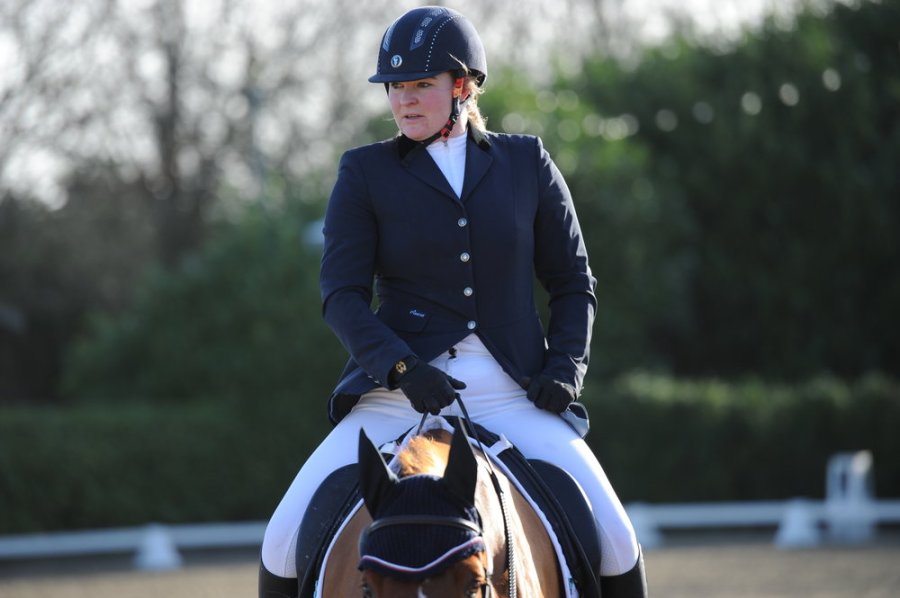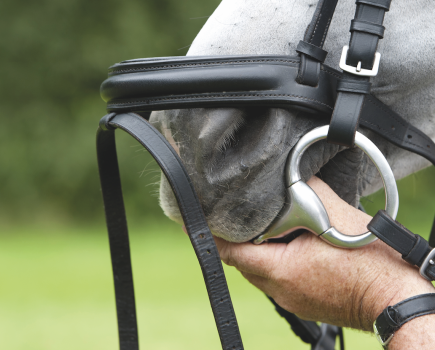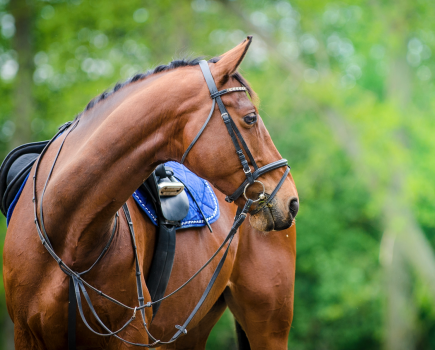Your riding hat is the most important piece of equestrian kit you’ll buy, so if you’re in the market for a new one, we’re on hand help you make the safest choice
As much as we love them, we all know our four-legged friends can be unpredictable and riding is never going to be risk-free. It will come as no surprise that head injuries present the most serious danger, so make sure youre safe, not sorry by wearing a protective hat to the latest standards for riding and preferably when handling your horse too.
Thanks to the use of modern materials and designs riding hats are lightweight, well ventilated and look good too, as well as offering the very best protection to your head in the event of an accident. While there’s no law saying you have to wear a hat (unless you’r under 14 years old) we would always advice you do.
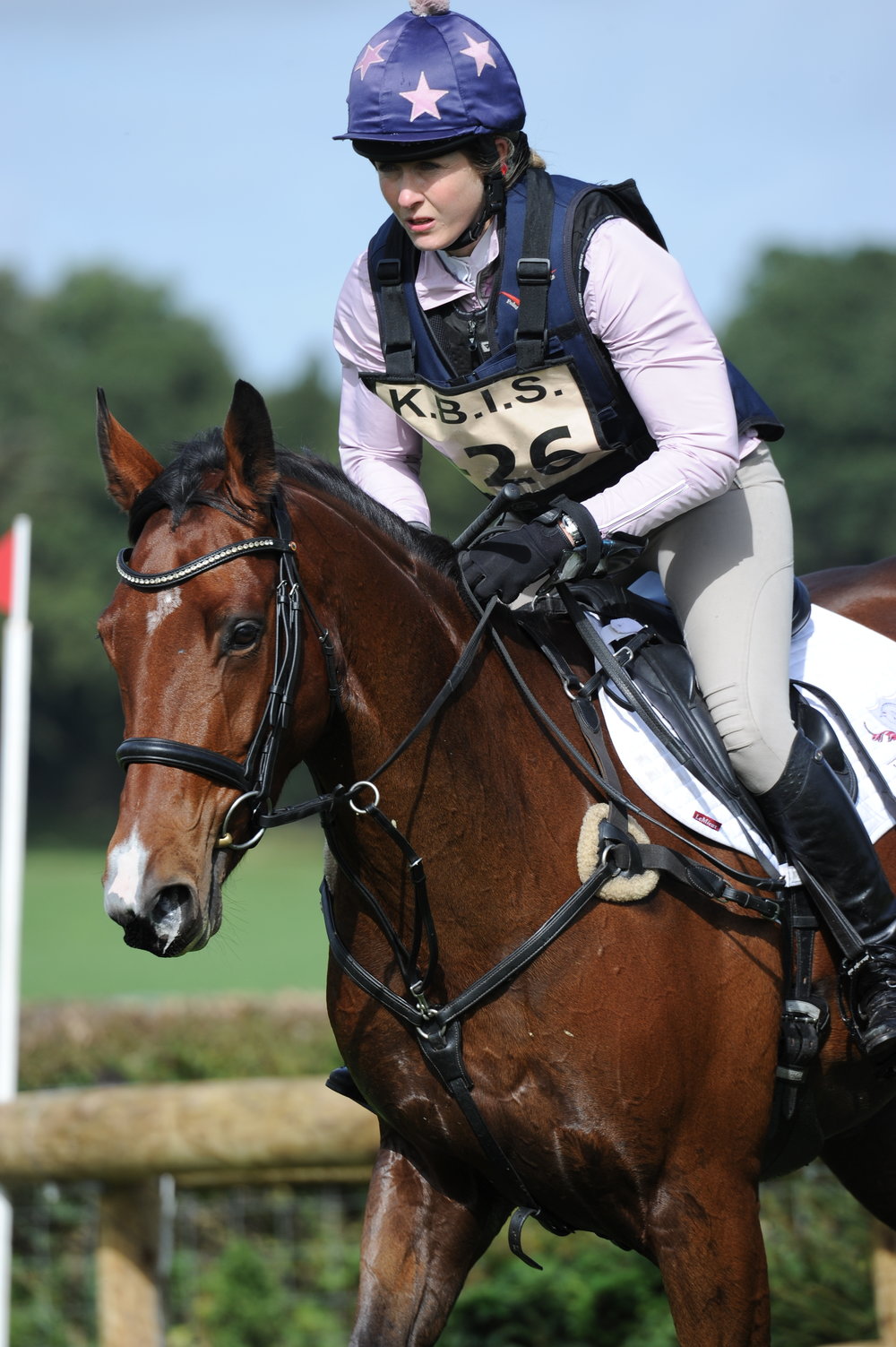
Whatever discipline you do your hat has to fit correctly
Choosing a hat
With a huge choice of riding hats available it’s important you buy the one that’s going to meet your needs. If you compete in certain diciplines, you’ll need to check each dsicipline’s rule book so you buy the correct hat. It also comes down to personal choice whether you prefer a traditional looking riding hat, skull cap or perhaps one with a touch of bling.
Getting the right fit
Comfort and fit are essentail and it’s important to use a qualified hat fitter to help you find a hat that suits your head shape. Only a properly fitting hat rill provide you with the maximum level of protection in the event o a fall.
As a guide, your hat should;
- Sit on your head just above your ears and eyebrows
- It should fit snuggly all the way round your head but with no pressure on your temples.
- If, when the harness is fastened it can be easily dislodged, it’s too big for you.
Also, remember to check that the harness on the hat is correctly fastened. This, normally consists of two parts – a chin strap, which sits under your jaw. The other fits round the back of your neck. Some hat may have a dial adjustment here to help you get the best possible fit. It’s this strap that helps to prevent your hat from tipping forwards onto your nose and why it’s important to check that it’s fastened correctly. If you’re in any doubt about how to secure this, pop into your local BETA-trained retailer and ask them to check it for you.
Take good care of your hat
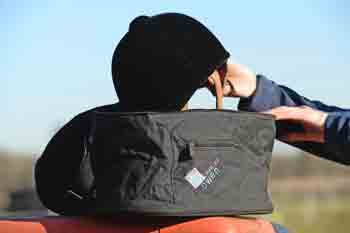 Four tips to keep your hat in tip-top condition so it will take care of you when you need it:
Four tips to keep your hat in tip-top condition so it will take care of you when you need it:
- If your hat suffers an impact, such as a fall, or if you drop ito onto a hard surface, you should replace it, even if there’s no sign of damage. Damage to the inside may mean it no longer offers you the protection it should.
- You should replace your hat every three years. Over time the protective inner will deteriorate offering less protection.
- Store your hat in a cool dry place. Buying a padded hat bag to puut your hat in will help to keep it protected when it’s not in use, as well as keeping it clean.
- If you hat gets wet allow it to dry out natuarlly and slowly – never put ion a radiator to dry as this may damage it.
Know the safety standards
Whatever hat you’re looking to buy next, it should conform to one of the current standards and also have the CE Mark (a mandatory delcaration under EU law. All safety equipment must bear the CE mark to show that it meets the basic healthy and safety requirements).
VG1 (with or without Kitemark or IC Mark) – Similar testing specifiaction to the EN1384. This is an iterim specification for the purposes of CE marking. It’s unclear how long it will continue once the new version of EN 1384 appears on the market. Hats with the standard will be accpetmed by UK disicplines for some time to come.
PAS 015: 1998/2011 (with or without Kitemark or IC Mark) – PAS stands for product approval specifications which are developed by the British Safety Institute (BSI). The 2011 standard demands more from the hat than the previous one.
ASTM F1163: 2004a/2015 (with SEI mark) – An American standard similar to PAS 015: 1998, but it’s testing doesn’t include mechnical strength (crushing). These hats oftern feature quite large ventilation holes.
Snell E2001/E2016 – Developed in the United States by the Snell Institute, this is a high-performance standard, which includes all aspects of ASTM and PAS 015, but the test includes a sharper horseshoe anvil, which replicates a kick from a horse, higher impacts and an additional hemispherical anvil to prepresent an uneven but not sharp surface such as a tree or fence.
Don’t miss the latest issue of Your Horse Magazine, jam-packed with training and veterinary advice, horse-care tips and the latest equestrian products available on shop shelves, on sale now.

